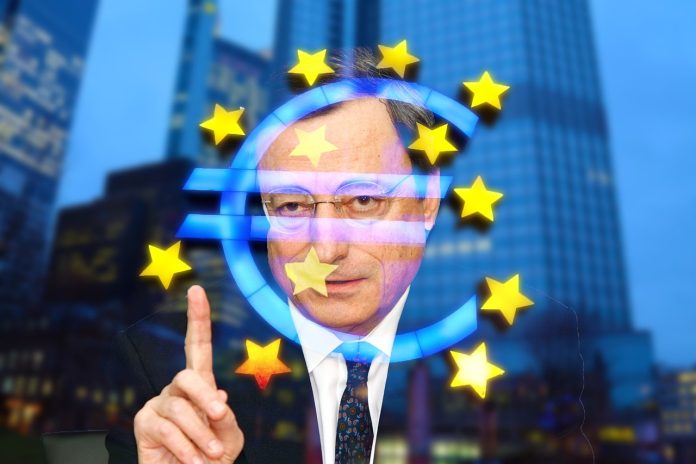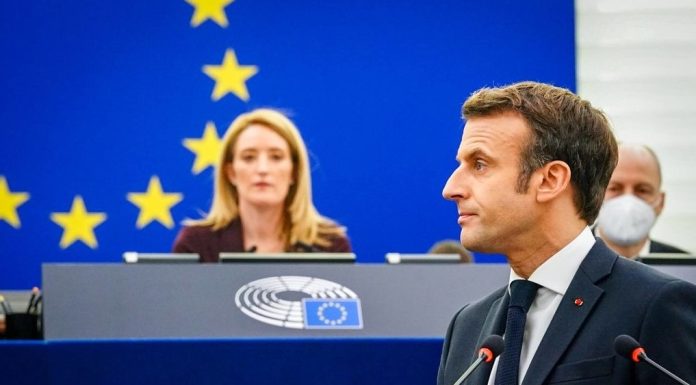By Jean Wanningen, economist and publicist
Remember when former Dutch Prime Minister Wim Kok assured the Dutch parliament that the agreements from the European Stability Pact were “carved in marble”?
That pact formed the basis for the introduction of the euro, the eurozone and the ECB, which would be modelled on the solvent German Bundesbank. With low inflation, focused on price stability and a strong currency.
The pact also prescribed that the budget deficit of participating member states should not exceed three per cent (in bad times), public debt should not exceed 60 per cent of gross domestic product. And each member state was supposed to keep its financial trousers on.
We are now over a quarter of a century on and the history of the eurozone shows a disconcerting series of violated agreements. Not only were the fiscal criteria of the Stability Pact flouted, weak member states were bailed out with the help of money from strong member states.
After the Great Financial Crisis of 2010, things did not get better, but worse. Five years later (March 2015), the ECB launched its massive buyback programme. Its intention was to fuel the real economy with cheap fresh money. In reality, interest rate differentials between the strong and weak members of the EuroClub were reduced as much as possible.
The ECB, which was originally meant to be solvent and politically independent, became a politically controlled institution, tasked with keeping southern Europe in the Club. The price stability mandate was exchanged for a Latin currency union.
The consequence: continued relatively high inflation, high sovereign debt, low economic growth, a weak currency and financial instability. And on top of that, recently, came the ECB’s Green Climate Policy.
In its relatively short existence, the ECB has proven insufficiently sharp in analysing underlying macro economic developments. Not only did the ECB fail to see the (historically high) inflation coming, it has also been halting interest rate hikes far too soon. The 6 June interest rate cut is far too early. This is also the opinion of former DNB president Nout Wellink.
The Latin EU is coming (protectionist, centralised, industrial policy, national champions, too high Inflation, weak exchange rate, etc.) Not good for the EU and certainly very bad for the Netherlands.⬇️ https://t.co/O3mAYFhvzD
— lex hoogduin (@lexhoogduin) June 14, 2024
The real problems in the eurozone (and in fact the EU as a whole) are lagging productivity, too many laws and regulations and conflicting interests. France and Germany, for instance, want to return to a protectionist European industrial policy. With import tariffs on Chinese-made cars, for example. This is not the right way to drive an economic bloc, quite the contrary. Besides, it relatively favours the position of France and Germany in particular over the smaller member states.
However, what is the European Commission’s vision? More regulations and laws, i.e. more of the same medicine, which has been shown not to cure the patient. The Commission hires former ECB president Mario Draghi (picture), who comes up with a report that – how surprising – proposes exactly what the Commission wants: betting on economies of scale, financed of course with jointly debt issuance (eurobonds), which the Dutch government has always opposed.
Anyone looking over this history can only come to one conclusion: the agreements on the euro, eurozone and ECB have been violated. The Netherlands had never signed up to the current outcome. And so there is every reason to question the intended plans. This week’s EU summit present a good opportunity for the Dutch government to make this very clear.
Originally published in Dutch.













